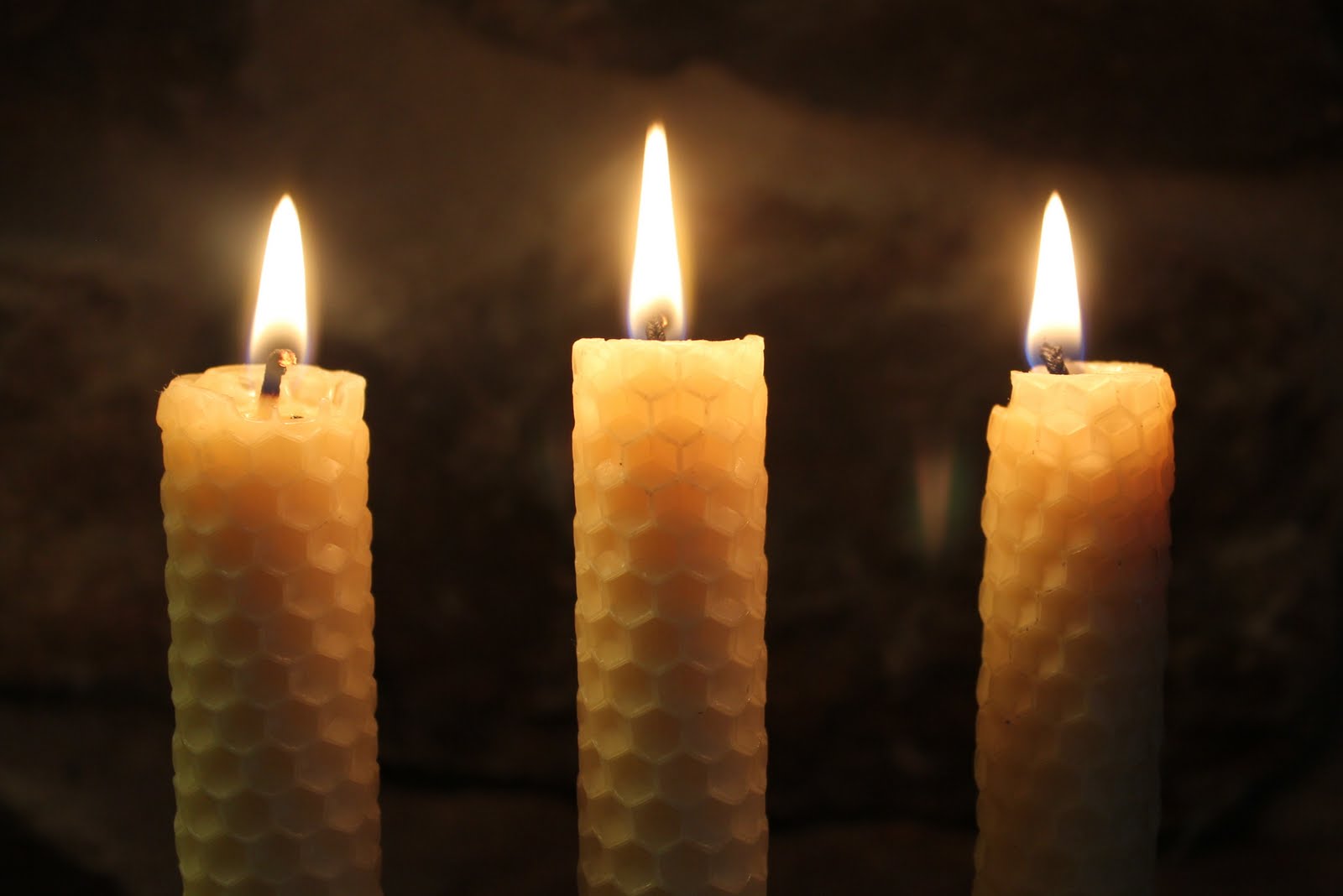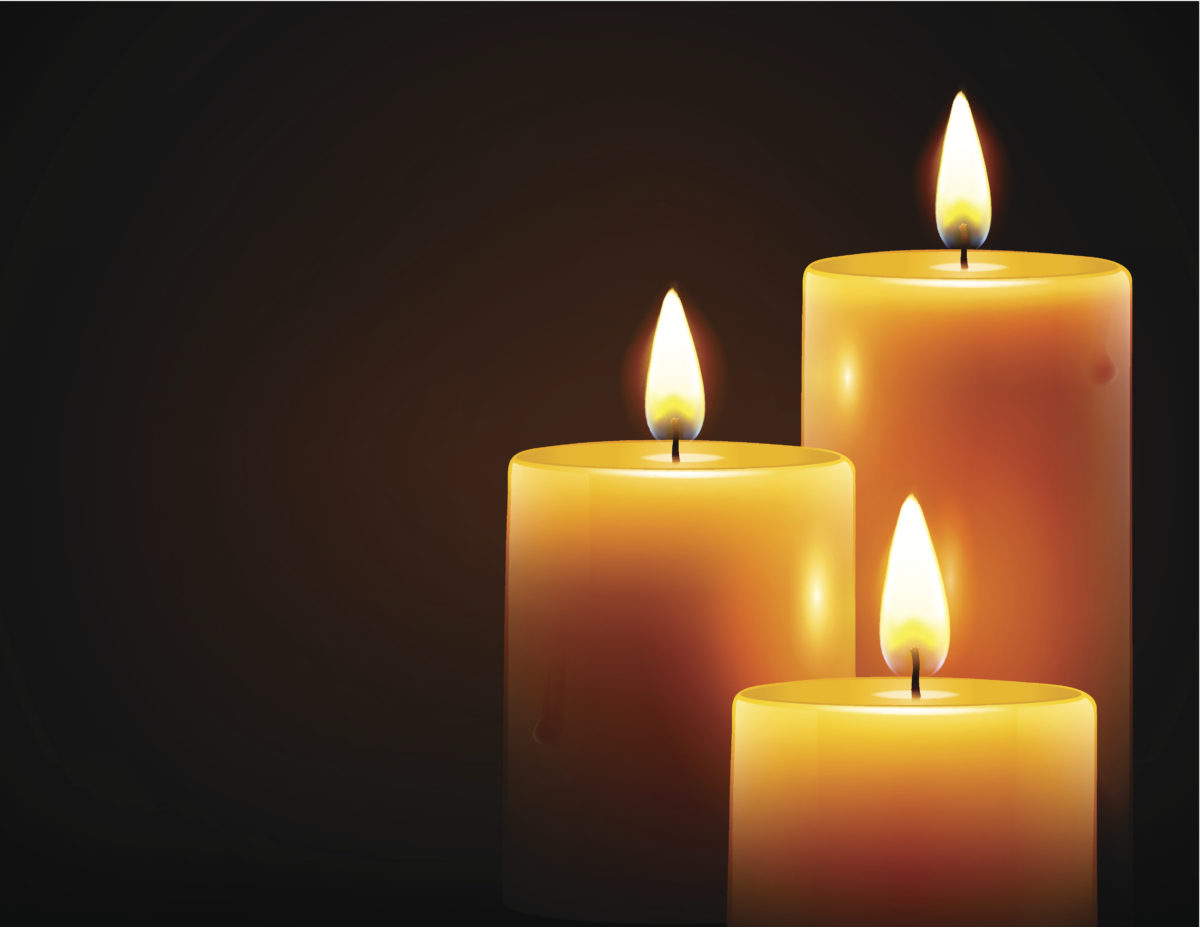Why are candles lit in Catholic churches?
By now, in the churches, in every corner of them, you can see lighted candles. But why?
With the exception of the Easter Vigil and Advent MassesIn modern Mass celebrations, candles generally do not retain their ancient practical purpose of illuminating a dark space.
However, theGeneral Instruction of the Roman Missal (IGMR) states: "The candles, which are required at every liturgical service out of reverence and for the feast of the celebration, should be suitably placed on or around the altar".
And the question arises: if candles have no practical purpose, why does the Church insist on using them in the 21st century?

Candles have always been used in the Church in a symbolic way. Since ancient times the lit candle has been seen as a symbol of the light of Christ. This is clearly expressed in the Easter Vigil, when the deacon or priest enters the darkened church with the only Paschal candle. Jesus came into our world of sin and death to bring us the light of God. This idea is expressed in the Gospel of John: “I am the light of the world; whoever follows me will not walk in darkness, but will have the light of life ”. (Jn 8,12:XNUMX).
There are those who also indicate the use of candles as a reminder of the first Christians who celebrated mass in the catacombs by candlelight. It is said that this should remind us of the sacrifice they made and the possibility that we too could find ourselves in a similar situation, celebrating mass under threat of persecution.

In addition to offering a meditation on light, candles in the Catholic Church are traditionally made of beeswax. According to the Catholic Encyclopedia, "The pure wax extracted from bees from flowers symbolizes the pure flesh of Christ received from His Virgin Mother, the wick means the soul of Christ and the flame represents His divinity." The obligation to use candles, at least partly made with beeswax, is still present in the Church because of this ancient symbolism.